Insulation Tips
How To Insulate A House!
Choosing to insulate your home is a smart investment which can pay itself off in around 3-5 years. Home insulation can drastically reduce energy losses in both summer and winter and can cut your energy bills by up to half!
The best time to insulate your home is during the construction phase or during a major renovation project. Check out the information below for expert tips and ideas for how to insulate a house effectively.
Need further reading material? We’ve also put together an ultimate insulation guide answering all your insulation questions.
What are the most important areas to insulate in a home?
To experience the many benefits of insulation, we recommend that you insulate all areas of your home. The most important areas to insulate are the areas which lose the most heat in winter and gain the most heat in summer.
The roof and ceiling space is the biggest culprit, responsible for as much as 30% of a home’s heat loss and gain. Next in line are the exterior walls which are responsible for up to 25% of the heat loss and gain followed by the floors at 10%.
You should also consider interior wall insulation and mid-floor insulation between floors of a multi-storey home. Insulation in these areas can help you heat and cool your home more effectively. By using specialised acoustic insulation, you can create a calm and welcoming indoor environment for the whole family.
Don’t forget to choose the right R-Value! R-value is a measure of the thermal resistance in an insulation batt, so the higher the R-value the greater the insulating capabilities.
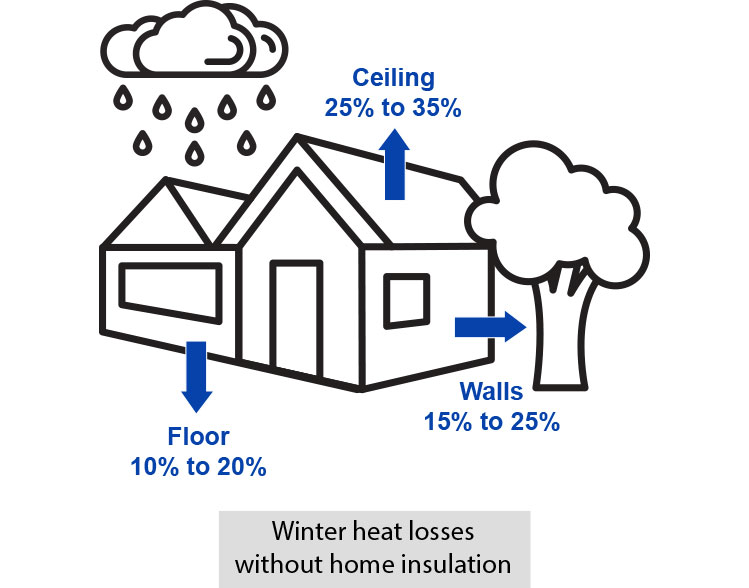
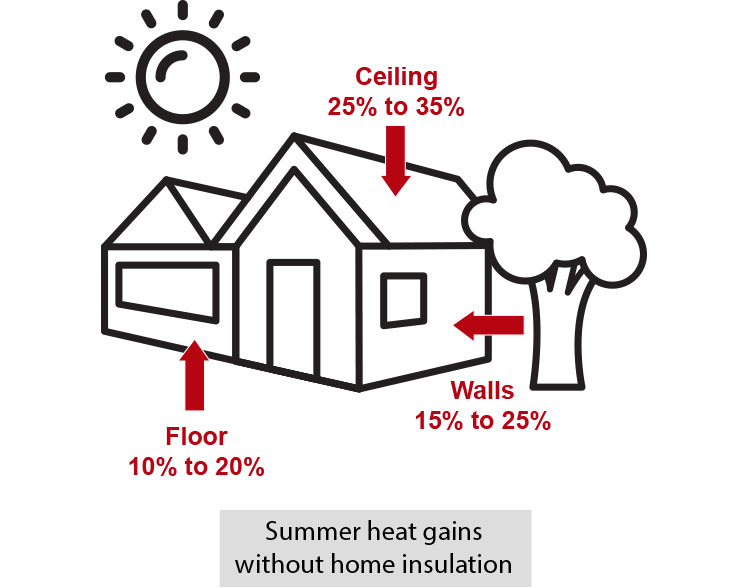
How to insulate my home during construction?
Installing insulation in new builds is easy and convenient. Before the flooring is laid and the plaster is hung on the walls or ceilings, insulation batts can be fit between the timber joists and secured in place.
You may need to obtain a minimum energy rating for your new home as outlined in the Government’s Energy Report. This means you’ll need to choose a minimum insulation R-value for the various areas of your home, depending on where you live.
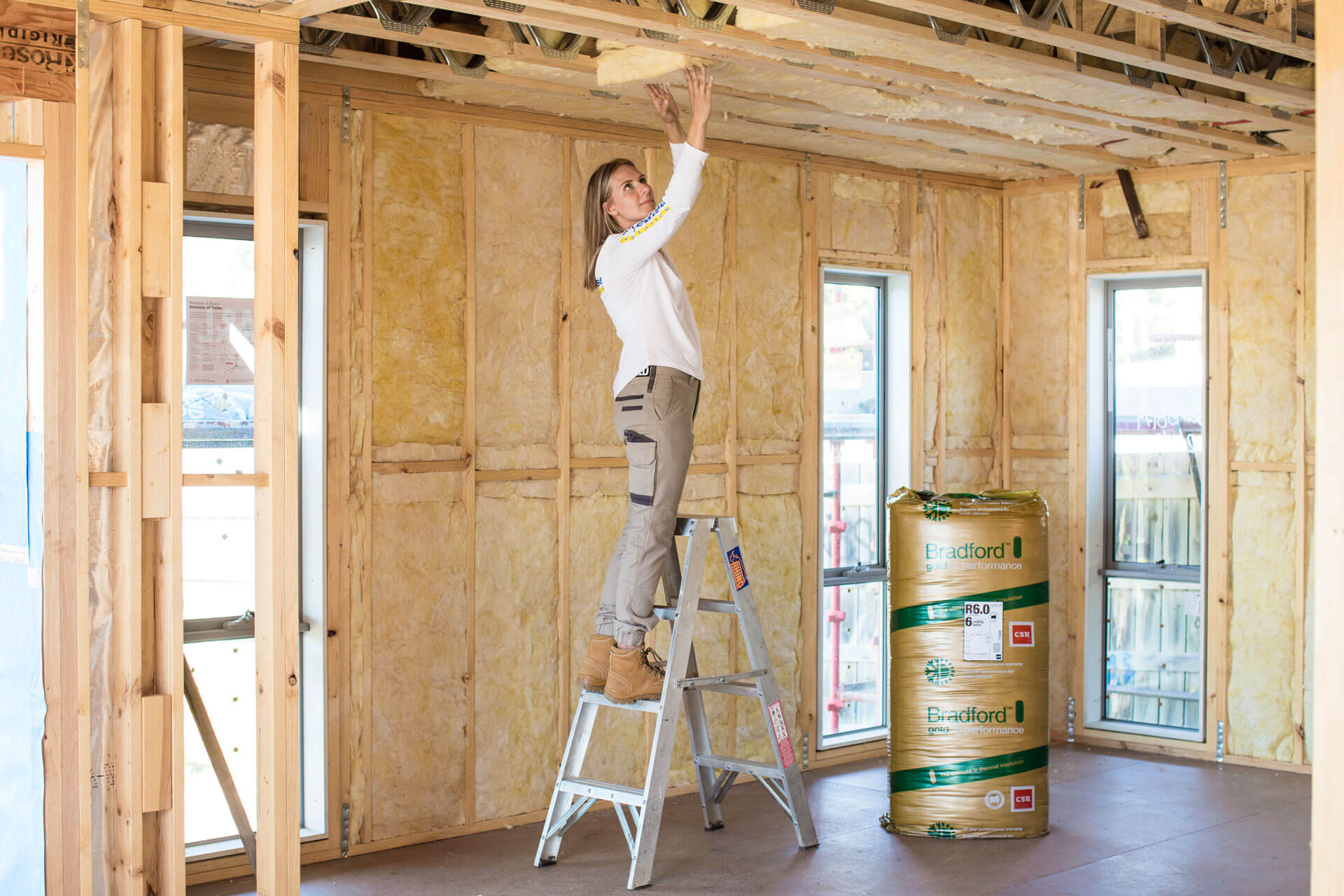
How to insulate my house after it has been built?
If your home doesn’t have insulation or if it’s an older home, installing new insulation can help improve the energy efficiency and indoor comfort of your home.
Increasing the ceiling and underfloor insulation in your existing home can be done at any time when there is appropriate access to these areas. If you already have ceiling insulation it’s worth taking a look at its condition and deciding whether you should replace it or top it up for extra thermal resistance. Ensure that any existing home insulation is not wet, moist or mouldy as this will compromise its insulating performance.
The best time to retrofit wall insulation is during a major renovation. Insulation batts must be fitted while the wall cavity is exposed, before the plaster is hung. If you are not planning any major renovations, then you could consider installing blow-in insulation. Our sister company, EcoHome installs blow-in wall insulation in homes across Melbourne and the surrounding areas.
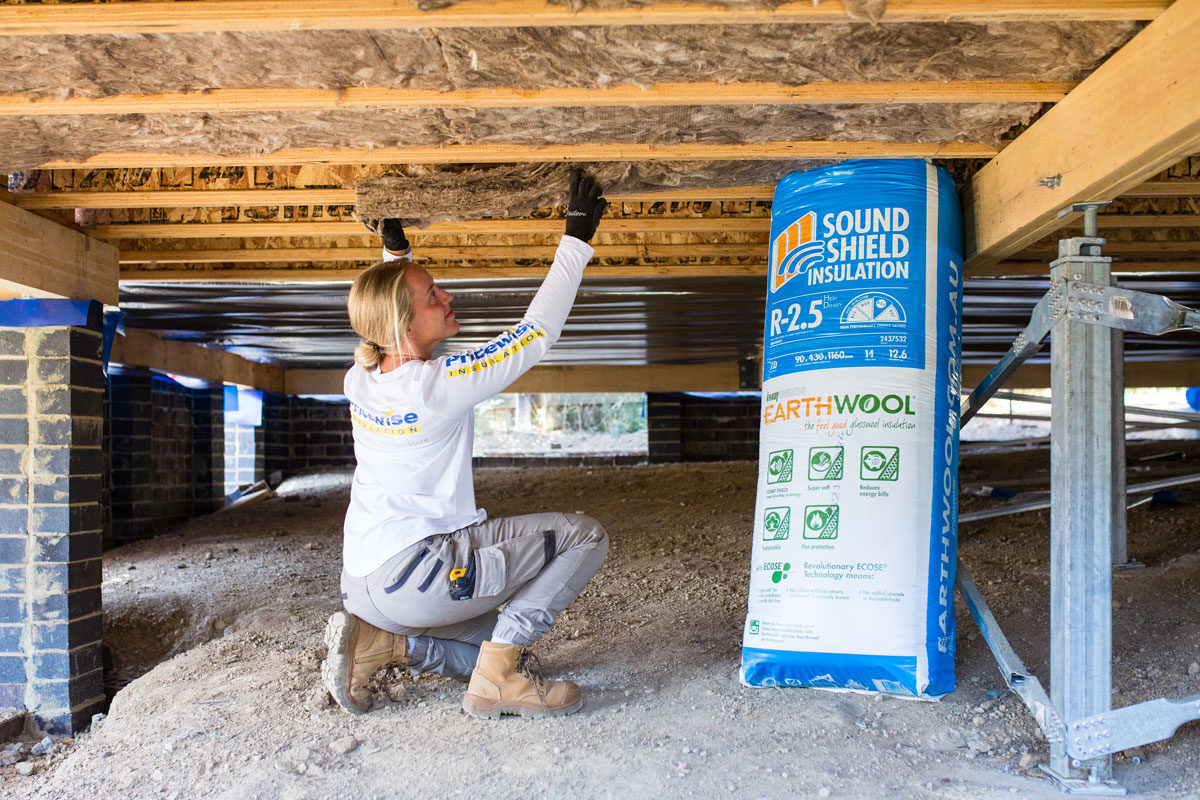
DIY – How to insulate a house yourself
Professional installers can install your insulation for a reliable, high quality finish. However, if you choose to install the insulation yourself, we recommend you visit our DIY insulation videos page on our website for more information and tips.
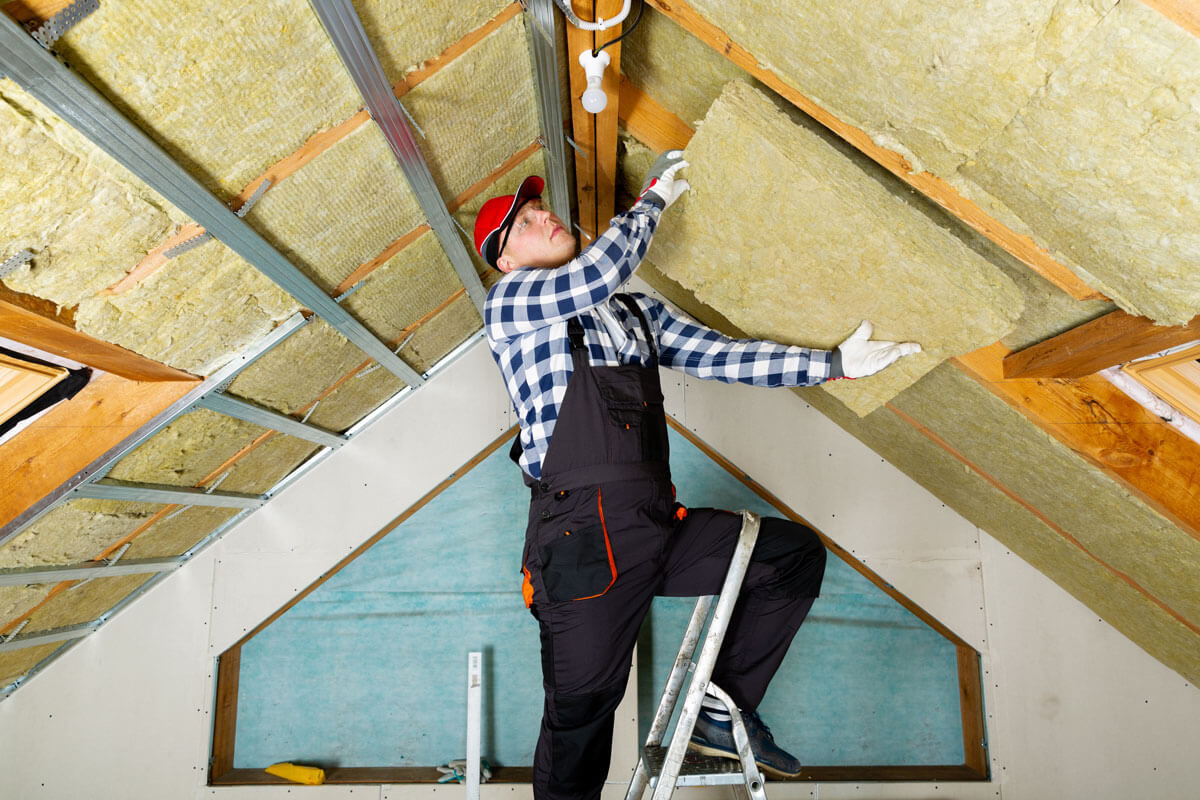
Bonus tips: Other ways to insulate your home
Whether you have a new home or an existing home there are other things you can do to improve the insulation in your home. Here are a few examples of how to reduce air draughts and energy loss through unexpected places in your home:
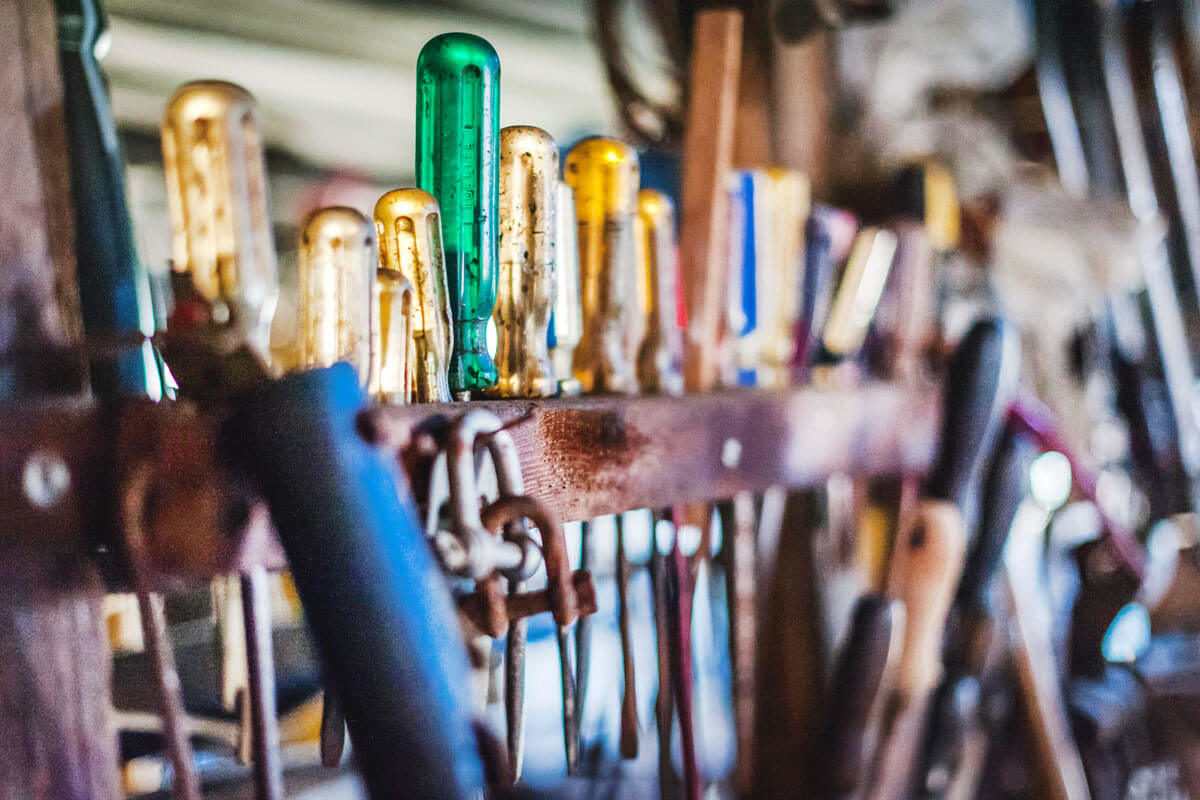
1. Make your home airtight
Ensure your home is draught-free and that you are not losing energy through cracks around doors, windows or through the floor. Sealant strips can be used around door frames. For gaps in windows and flooring, patch it up with putty or sealer.
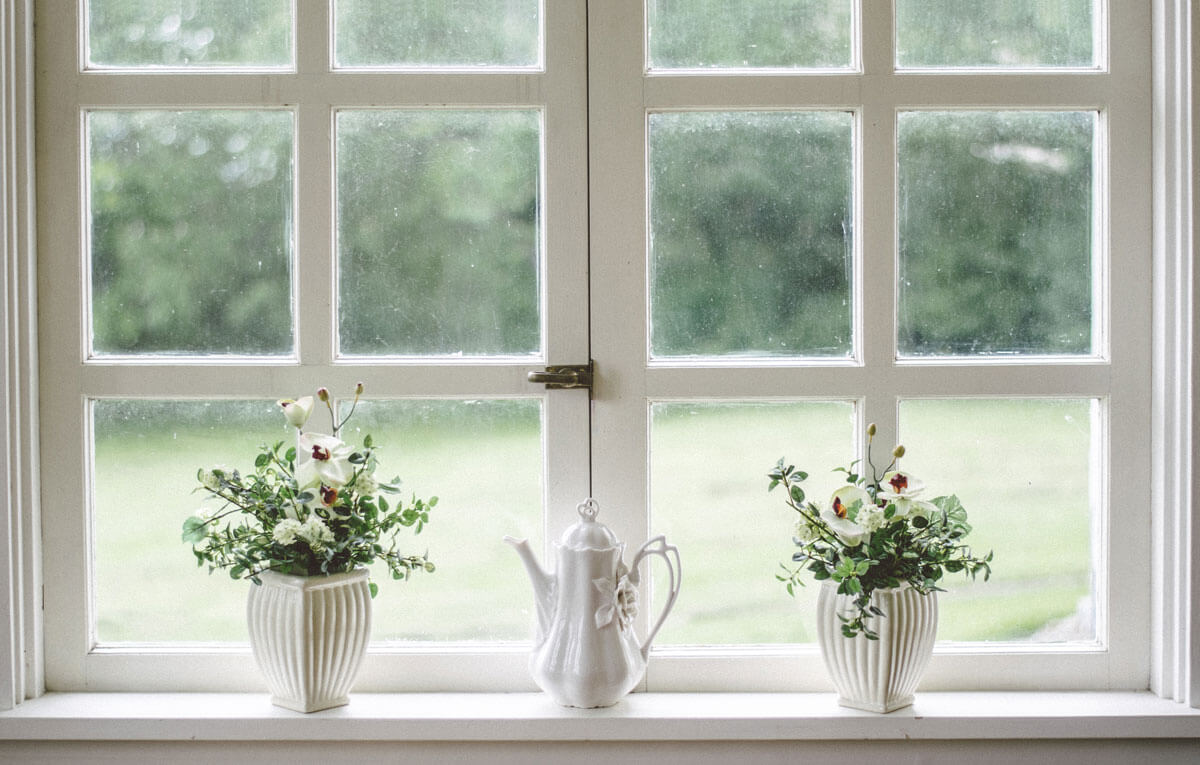
2. Insulate around plumbing pipes
Insulating hot water pipes can save you money on energy costs by preventing heat loss to the surrounding air. The most common materials used are flexible foam, and foam-foil pipe insulation. Another benefit to insulating plumbing pipes is that it can dampen noises such as the sound of trickling and clunking in your pipes.
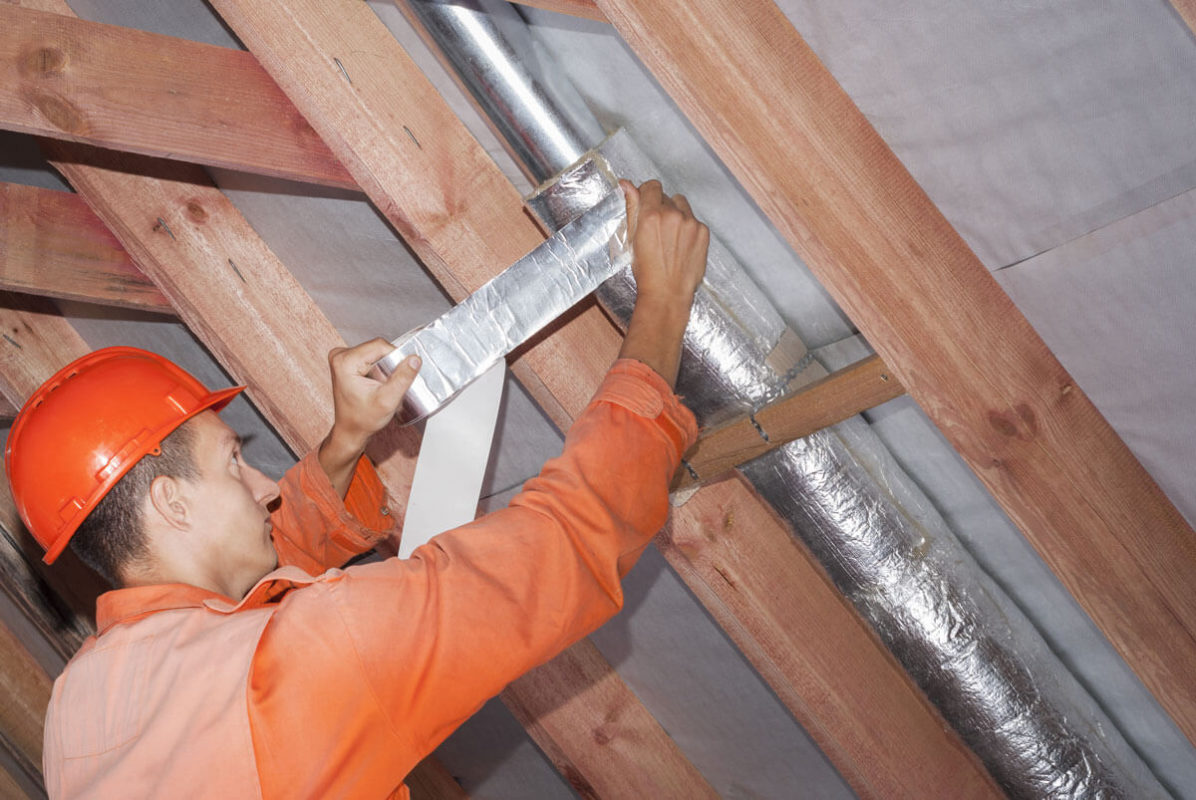
3. Consider double glazed windows
Installing double glazed windows is a great investment! It can save you energy and reduce noise transfer from outside to inside your home. The sealed air gap between the two glass panes acts as an extra layer of insulation and reduces heat loss in winter and heat gains in summer.
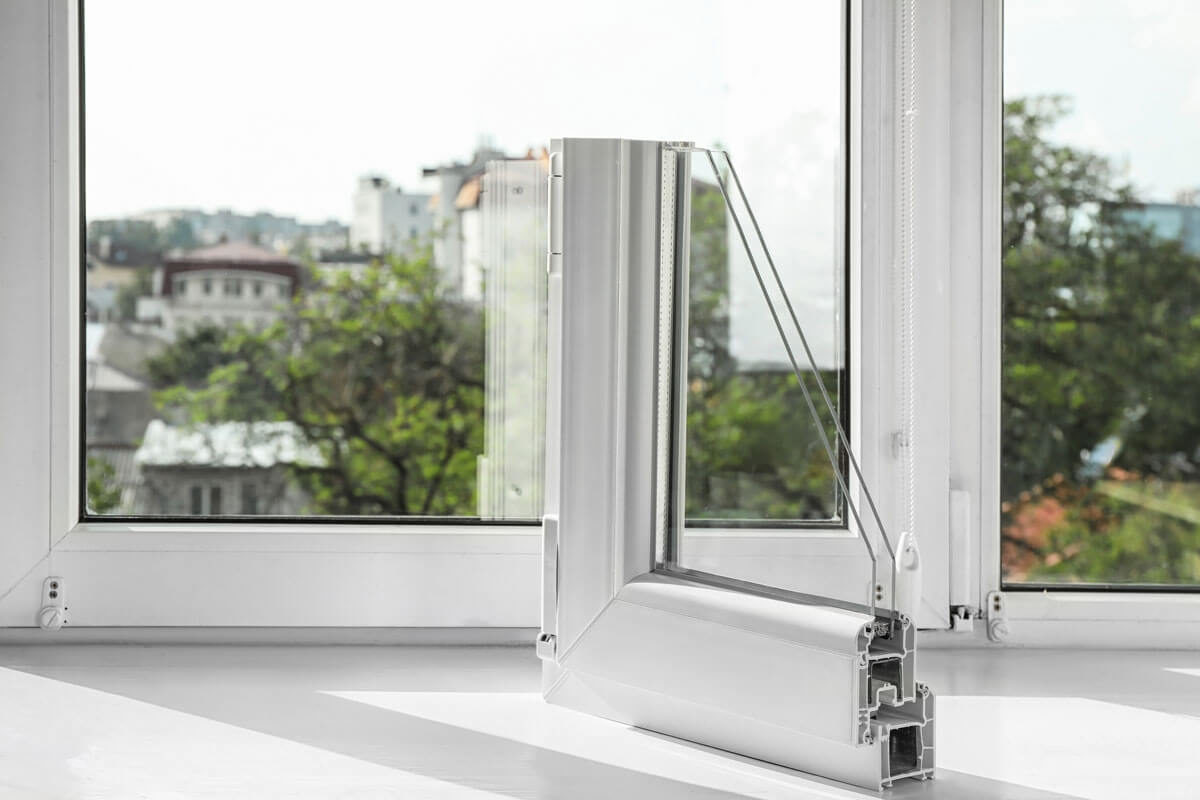
4. Use window coverings such as curtains
Keeping curtains or shutters closed in winter can prevent heat from escaping and prevent air draughts. Installing shutters can be beneficial to keep the warmth out during summer and the warmth in during winter.

If after reading this blog you’re feeling slightly overwhelmed with the task of insulating your entire home, why not let the professionals take over from here? With the incredibly high product, you get from Pricewise and the amazing workmanship that EcoHome we can have your house insulated in no time. Reach out to the friendly team at EcoHome today and get your house ready for any weather conditions. Make sure to send them an email at sales@ecohome.com.au.

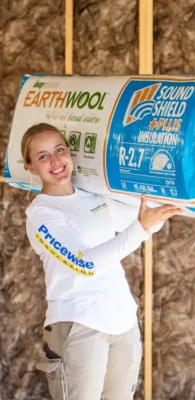
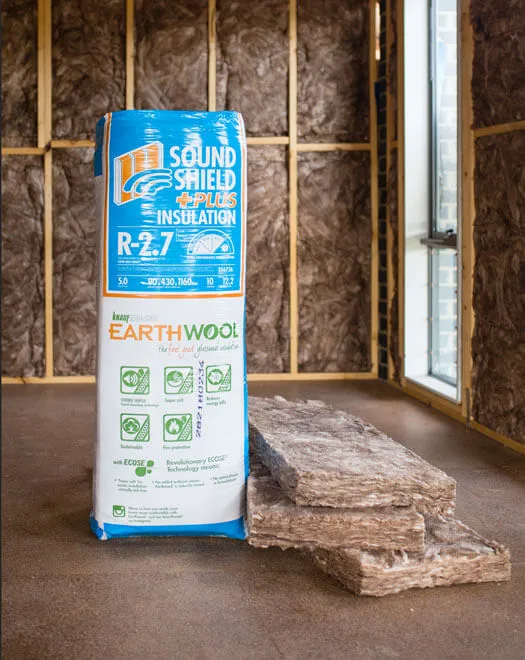
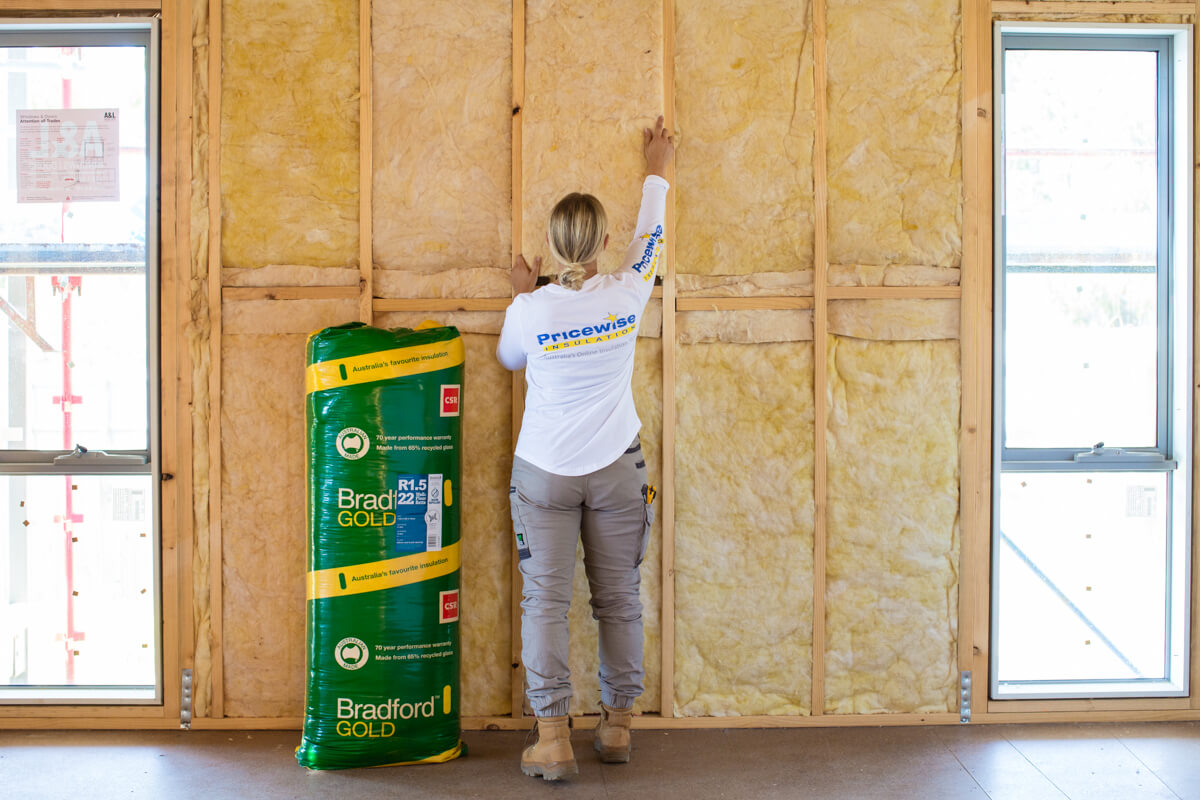
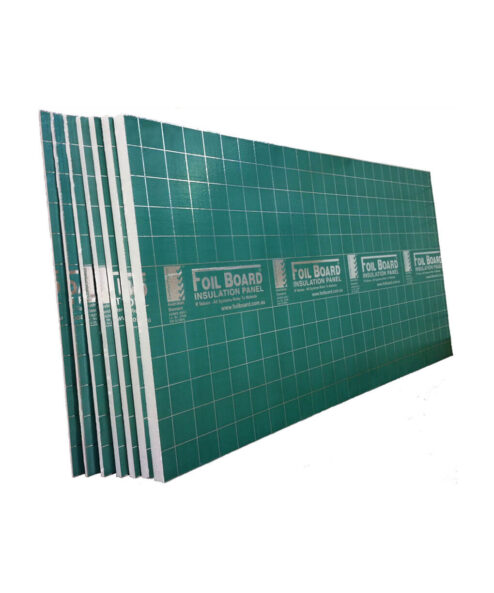
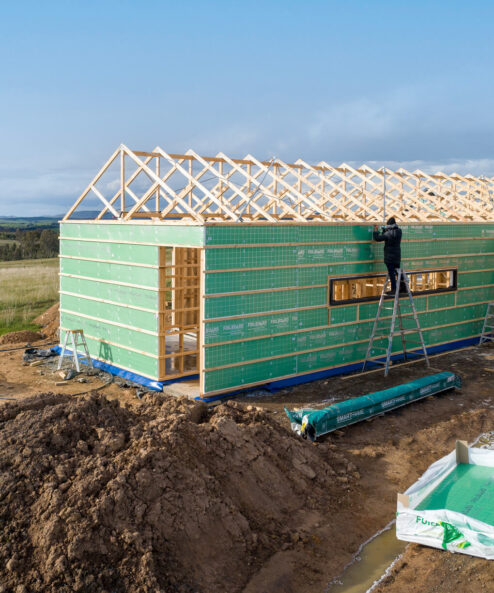
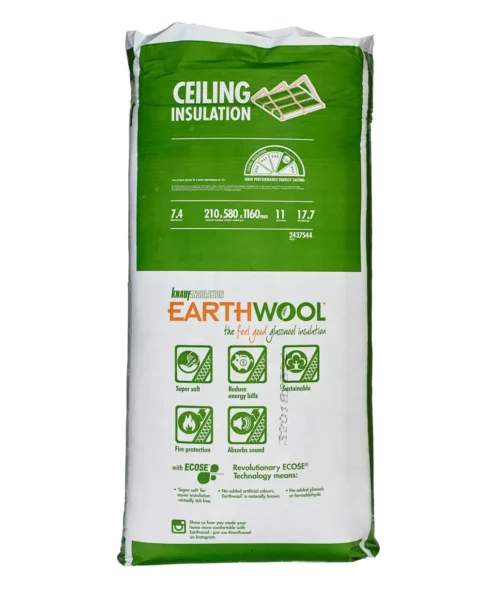
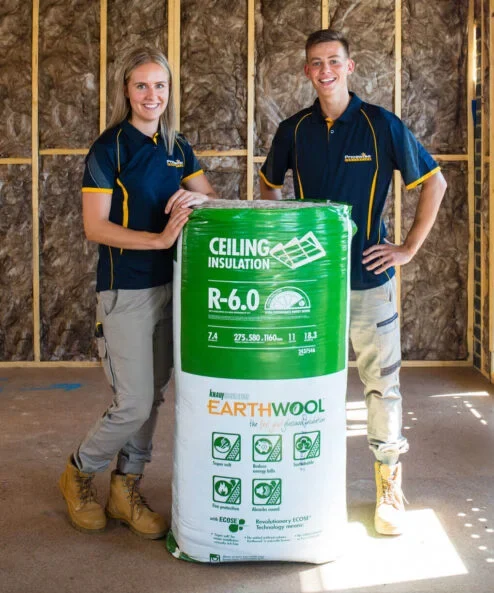
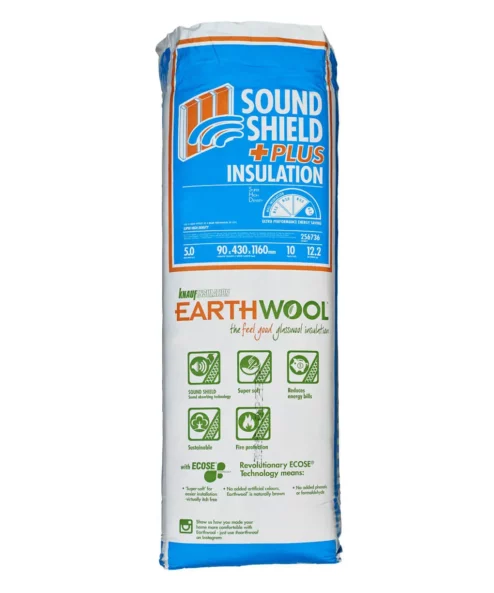
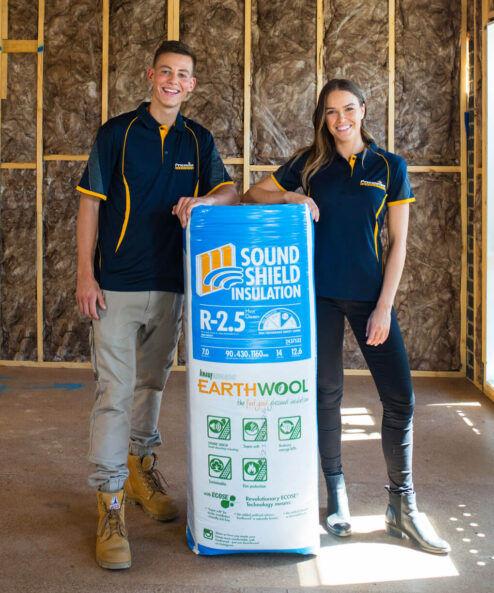
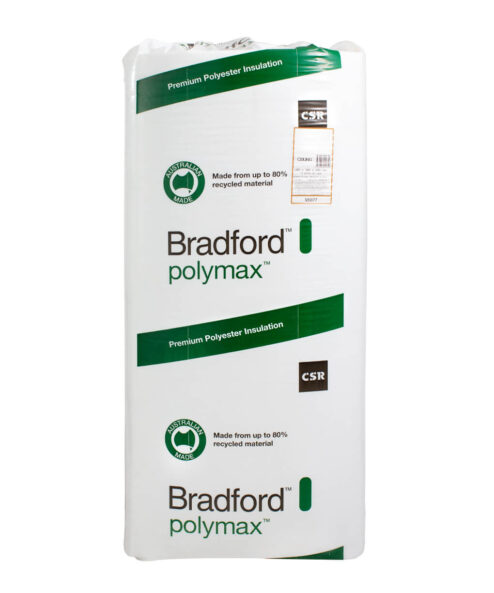
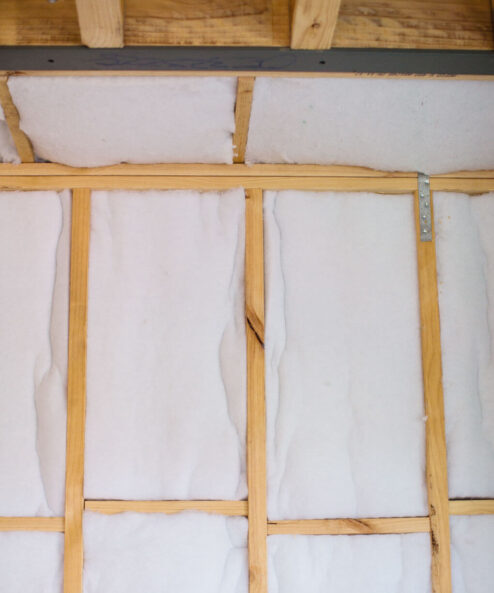
I had no idea that you can significantly improve your home’s temperatures with insulation no matter what its R-value is. My wife and I have noticed that our fixer-upper home gets especially cold during the winter, and we’d like to find a way to make our living room warmer since we don’t have a furnace installed. We’ll rely on an insulation service to provide us with what we need.
Wonderful post.! These are really some great tips to share with us. Thank you very much for this brilliant post.
Is there a list of independent experts that we can hire to review our home insulation issues and advise on solutions? We are in Perth and have a 20-year old home, we bought this year, that is incredibly cold in winter and very hot in summer.
Hi Kevin,
Thanks for your question on our blog. We don’t have a company that we recommend for thermal assessments in Perth, however there are a couple of quick checks that you can do yourself:
The first step is to check the roof cavity to see if there is any existing ceiling insulation. If you find a thin layer of insulation batts or blow-in insulation, then these could be removed and replaced with high quality R4.0, R5.0 or R6.0 ceiling insulation. The higher the R-value, the higher the thermal performance of the insulation. You may find this video useful for understanding how to check your roof space before buying ceiling insulation.
Secondly, if your house is built on stumps then it’s likely that you don’t have any underfloor insulation. You could insulate this area with R2.0 or R2.5 underfloor insulation.
Thirdly, given the age of your home, it’s possible that the wall cavities have little or no insulation (besides maybe a thin layer of foil wrap). Using the latest technology from Knauf Insulation, it may be possible to get the external walls insulated with blow-in insulation. This isn’t a cheap investment, which is why we recommend starting with the roof and underfloor areas (where applicable).
Feel free to contact us if you have any further questions.
Cheers,
Christa